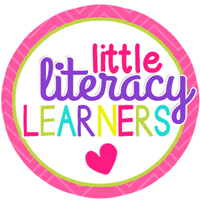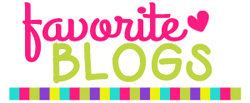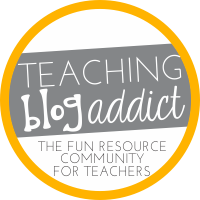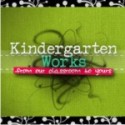Predicting:
We know that in order to predict, readers must activate their background knowledge and use it to think about what they will be reading. I frequently use predicting throughout the reading of a text to help my students monitor their comprehension-a skill that is difficult for them. I do this regularly with some of my 2nd and 3rd grade groups.
Here is what I do:
¹ When I preread the text we are reading together in small group, I find 2 good “stopping points” in the text. This is usually 2-3 pages into the text and then 2-3 pages later (but not at the very end of the text). These “stopping points” may be when an event is about to happen/change, the feelings of a character are changing, the thinking of a character is changing, etc…
¹ I then mark the page of the first stopping point with a small sticky note to help signal the students to stop reading when they get to that page. If the book is thin enough, I may paperclip the rest of the book together, so that the students can not read ahead of the “stopping point” or see additional pictures.
¹ Once the students read to the first “stopping point” they are then presented with the prompt; “Think about the title, the pictures you have seen, and what you have read so far. Write down 2 (or 3 depending on the text and/or group) important things you think will happen in the rest of the story.” This prompt is adapted from the Developmental Reading Assessment-2nd Edition (DRA2).
Click on the picture to access the link!
¹ Once all of the students are done with their writing, we then retell what was read so far and then share the predictions made and most importantly why they made those predictions. ¹ They then follow the same routine until they get to the second stopping point. In addition, We discuss whether the first predictions were confirmed or not.
The first stopping point, provides the students with some time to learn about the characters, setting, and overall text structure. They use this information along with what they have learned about the story events, mesh it with their background knowledge, and predict what will happen next. Most of the time they are also inferring what a character may be thinking or feeling to help form their predictions.
In addition to drawing on their background knowledge, predicting, and inferring, the students are also given the opportunity to practice sequencing the important details they read about while they retell the story events at each “stopping point”. It helps the students think deeper about what they are reading because they need to monitor their comprehension throughout their reading.
Hope you find this useful!!
~ Mrs. McKown

























